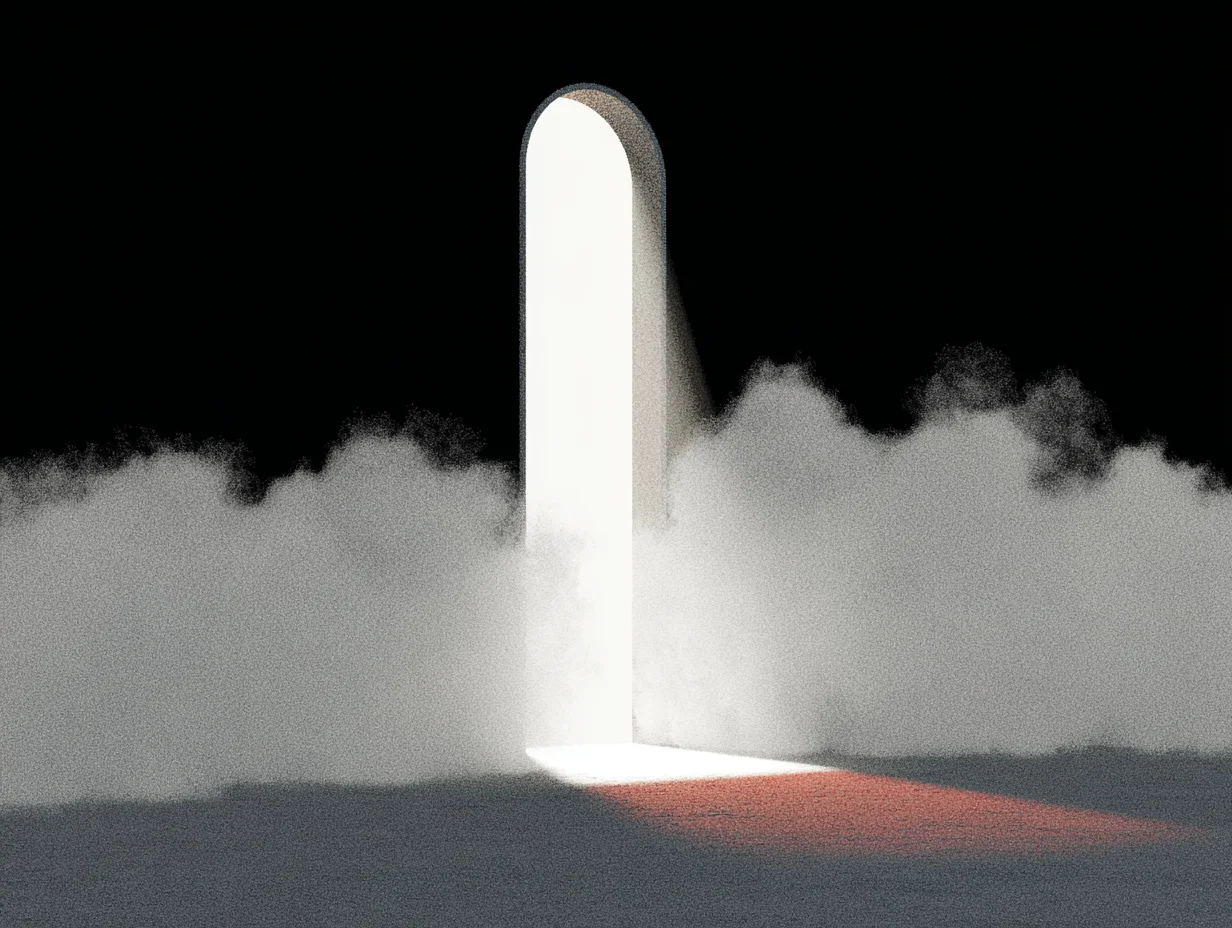Clarity Beats Consensus
Agreement feels safe. But clarity is what really moves things forward.

Agreement feels safe. But clarity is what really moves things forward.

Leaders often chase consensus because it feels productive. Everyone leaves the room smiling. The meeting feels calm. But what looks like alignment is usually avoidance. Consensus avoids risk by spreading it. Clarity concentrates it where it belongs.
In most organizations, decisions slow down not because people lack data, but because they fear disagreement. They confuse comfort with alignment. When everyone must agree, the sharp edges of real strategy get sanded down until nothing distinct remains.
Consensus is easy to applaud and hard to execute. It produces decisions that everyone can live with and no one truly believes in.
Consensus gives the illusion of protection. If everyone agreed, then no one can be blamed. But safety through dilution has a cost. The more you try to satisfy every voice, the less power your signal carries.
I once worked with a company whose leadership team insisted that all major decisions be unanimous. It sounded noble. It also meant nothing moved until every department approved. The result was constant delay and endless compromise. When they finally switched to a model where clarity ruled over consensus (decisions made by the accountable owner after input from others) the pace doubled and results improved.
The team learned that inclusion doesn’t mean indecision.
Strategy, by definition, is exclusionary. It defines what you will pursue and what you will leave behind. That means someone will always be uncomfortable.
One client in healthcare was rolling out a new brand position that required narrowing its focus. The leadership team kept rewriting the message to include every department’s priorities. Each revision weakened it. When the CEO finally said, “We can’t represent everyone equally,” the room went quiet. That moment of clarity broke the stalemate. The message got sharper. The market responded.
Strategy demands trade-offs. Consensus avoids them.
When people know what the decision is and why it was made, they can rally behind it even if they disagree. That is the real power of clarity. It replaces emotional comfort with directional confidence.
One of the best leaders I’ve worked with used a simple principle: “Debate until we decide. Align once we do.” Everyone had a voice in shaping the decision, but once it was made, the team moved as one. That rhythm built trust faster than any consensus process ever could.
Clarity gives people something to anchor to. Consensus gives them something to hide behind.
A culture that prizes consensus trains people to wait for permission. Initiative dries up. Creativity shrinks. Meetings multiply because everyone is trying to sense the group mood before taking a stand.
I once asked a client’s senior team why decisions took so long. They said, “We want everyone to feel heard.” I told them, “You’ve succeeded. Now no one feels led.” It was quiet for a moment, then someone laughed and said, “That’s fair.” Within a quarter, they cut half their standing meetings and began using short decision memos instead. Progress returned.
Clarity doesn’t silence input. It gives it purpose.
The discipline of clarity starts before the meeting. Define ownership, outcomes, and decision rights in advance. If everyone knows who decides, confusion drops instantly.
During discussion, focus less on agreement and more on understanding. Ask, “What are we solving for?” instead of “Does everyone agree?” Disagreement in service of clarity is healthy. Silence in service of consensus is not.
After the decision, over-communicate the rationale. People will support what they understand even when they didn’t vote for it.
True leadership is choosing direction in the presence of disagreement. It takes maturity to say, “I’ve heard everyone, and here’s where we’re going.” That sentence builds far more trust than pretending everyone feels the same way.
Clarity requires courage because it makes ownership visible. But ownership is what drives accountability. Consensus may create harmony, but clarity creates momentum.
Consensus makes you feel good. Clarity makes you effective. One is comfort. The other is leadership.
If I have to choose between being liked and being clear, I choose clear every time.